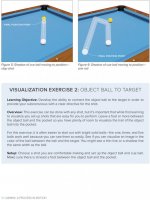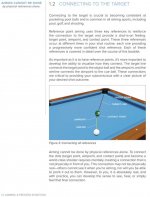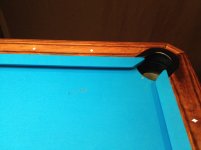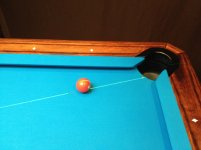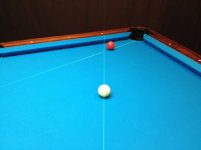I've released a new booklet on aiming. It's an excerpt from a larger book.
The idea isn't new (it's essentially a combination of ghost ball and contact point aiming) but the approach to training and ingraining the system is unique to Attribute Training. I believe it provides a good explanation of the basics of aiming as well as providing a method to learn it.
I can answer any questions you might have about the system. Here is a snapshot of the booklet that's available at www.attributetraining.com
The idea isn't new (it's essentially a combination of ghost ball and contact point aiming) but the approach to training and ingraining the system is unique to Attribute Training. I believe it provides a good explanation of the basics of aiming as well as providing a method to learn it.
I can answer any questions you might have about the system. Here is a snapshot of the booklet that's available at www.attributetraining.com
